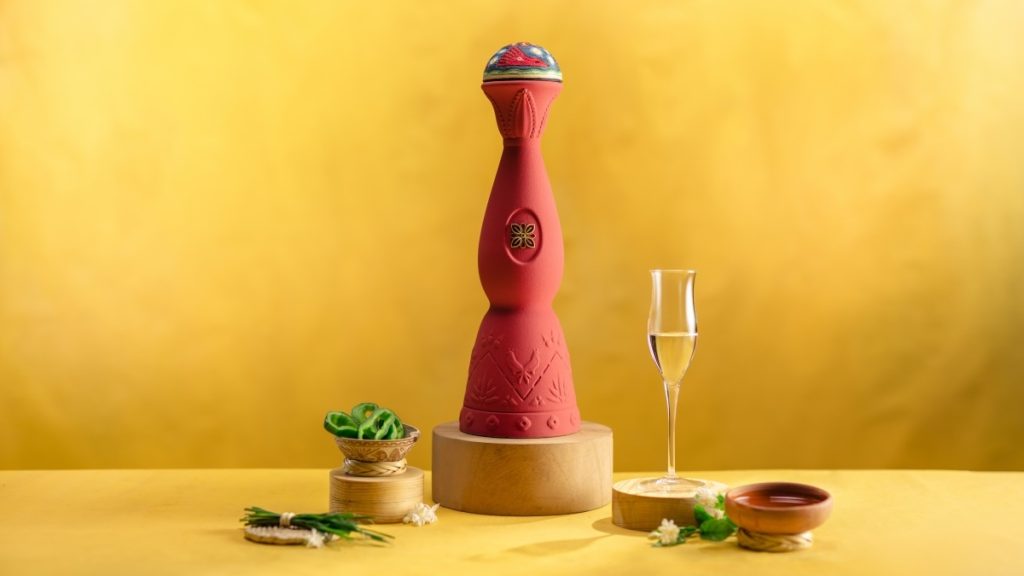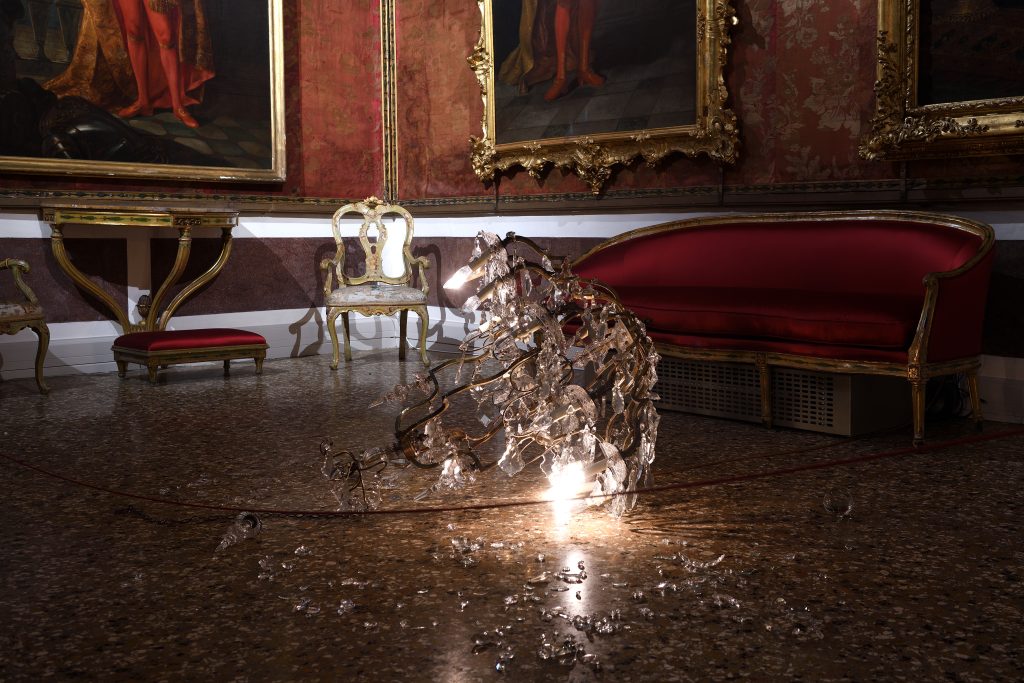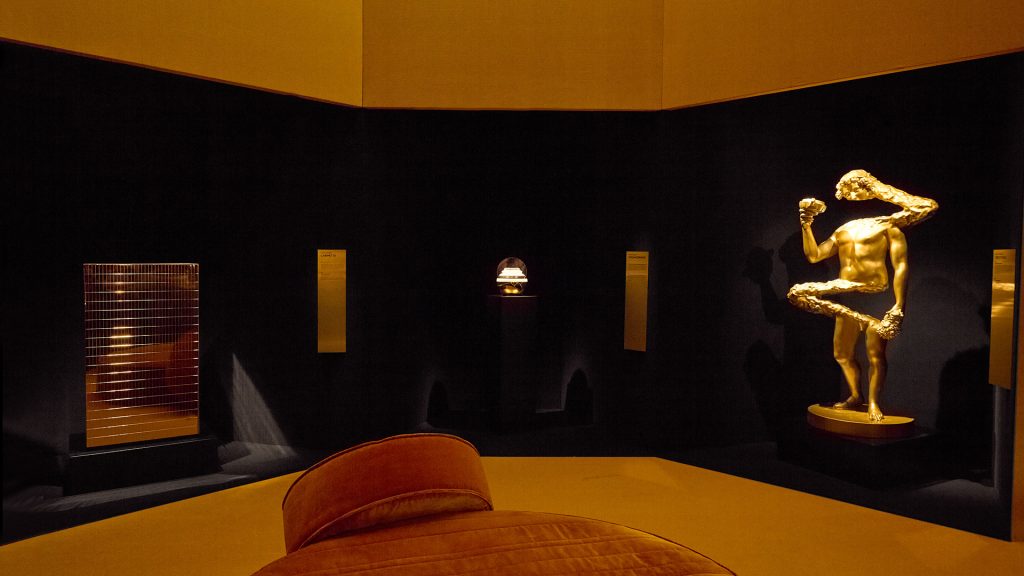The Consistency Project’s Bright, Sustainable Vision for American Workwear
Textiles made from pant hems and other innovations in this NYC-based studio

Based in Chinatown, New York, The Consistency Project acts as both a design studio and a call to action. Founded by Hawaii-born Natasha Halesworth, the multi-disciplinary project invokes a sustainable and exuberant design ethos that not only puts a colorful, bold spin on American workwear, but it also scrutinizes our relationship to clothing and the climate. The studio—which uniquely reworks deadstock clothing into vibrant patchworks and funky patterns—upholds a higher standard of zero-waste and an ingenuity to recreate with scant materials. Expanding to outerwear in the coming months, the bright collection reinvents workwear and what it means to shop secondhand.

While they source and curate vintage clothing in their studio, The Consistency Project’s Rework collection is their magnum opus. It consists largely of (and began with) pre-existing vintage Stan Ray painter pants that have been completely transformed with patchwork, waves or more subtle color-blocking. Halesworth’s dedication to saving all materials extends through the brand’s Mini line-up, comprising uniquely printed Bermuda shorts (like an ’80s vintage alphabet textile) and Stan Ray pants for kids. Perhaps most emblematic of the studio’s colorful and crafty creativity is their City Bag, a colorful, utilitarian and versatile vessel—made entirely from scraps—that takes the shape of a bottle holder yet comfortably fits wallets, phones, umbrellas and the like.

The impetus for the brand’s own clothing line began during the pandemic, a little less than a year after The Consistency Project established their brick-and-mortar shop. “When everything had shut down in New York, we weren’t able to curate that much vintage,” Halesworth tells us. “I’ve collected a lot of pant cuffs because another part of the businesses is not to waste anything. So come pandemic, we have these bags of pant cuffs and that’s where we explored the patchwork and the checkered Stan Ray pant.”
Remaking pants out of discarded hems is a lesson in problem solving. As Halesworth explains, “When you are designing within the scope of reuse, designs aren’t determined by what you want—it’s determined by what’s possible. The patchwork really was born out of the pieces being on the smaller end for us to create what we call re-roll which is essentially creating new textiles out of scrap.”
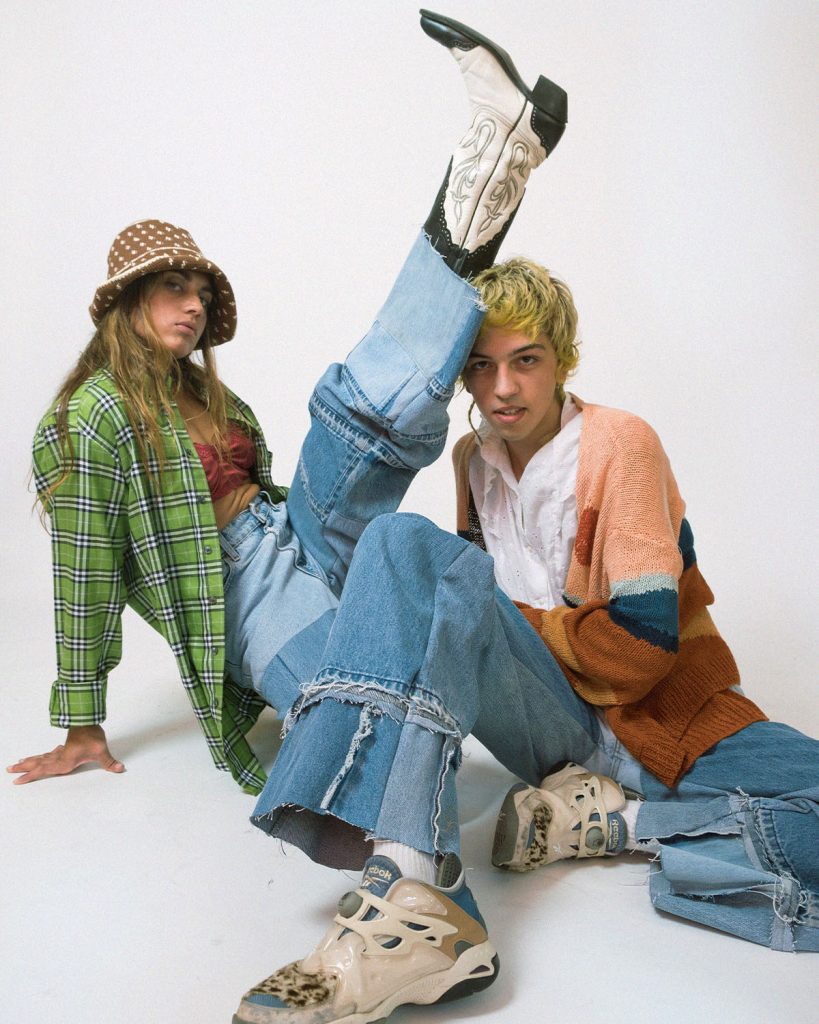
Currently, the studio works directly with Stan Ray to source their deadstock painter pants, which have either been sitting in the warehouse for too long or have some kind of defect but remain wearable. From there, The Consistency Project may re-color the pants (which typically only come in white or cream) using a local New York dye house.
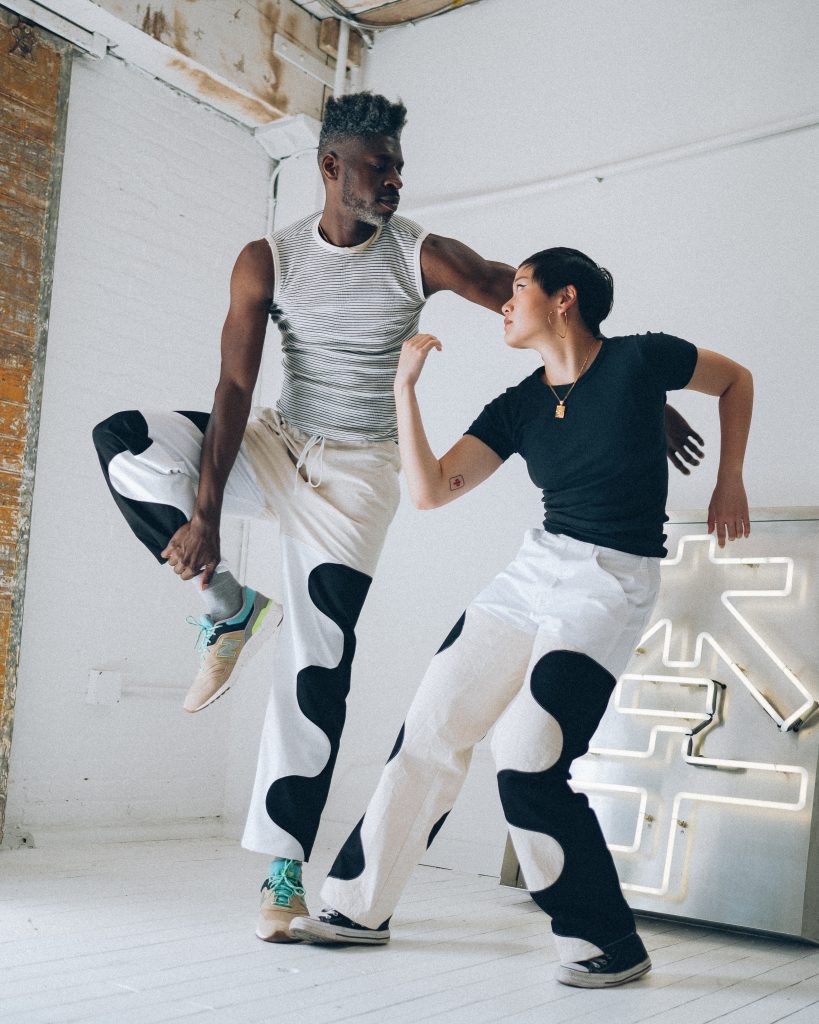
Then they begin to make and add re-roll, a process that utilizes every inch of fabric. “When you start with cuffs, you actually have to take apart every single cuff. We take out the seams to maximize the amount of fabric,” says Halesworth. “Then from there, that’s where we create re-roll and our patchwork and that can then be added onto our pant. We also have a lot of bigger scrap cabinets of fabric that we’ve collected over time. We’ve learned what works best on our pants, so most of the time it’s a range of colors of cotton and a certain weight.”

Re-roll encapsulates what Halesforth admires about secondhand fashion and the changes she wishes to see within it. She tells us, “The idea of ‘American workwear’ has traditionally been more neutral. So we felt like this really bridged the gap between function and comfort and what we love about vintage: the one-of-one uniqueness.”

“I personally love vintage, but sometimes I felt like pieces or some curations were geared toward the aesthetic; you find this art of a piece but you’re really not able to wear it every day because you’re afraid that it might fall apart,” she continues, noting how shopping vintage often prioritizes style over function. It was this sacrifice within the industry that launched Halesworth into The Consistency Project’s central experiment: “How do we we create an experience with second-hand that can match how people shop new?”
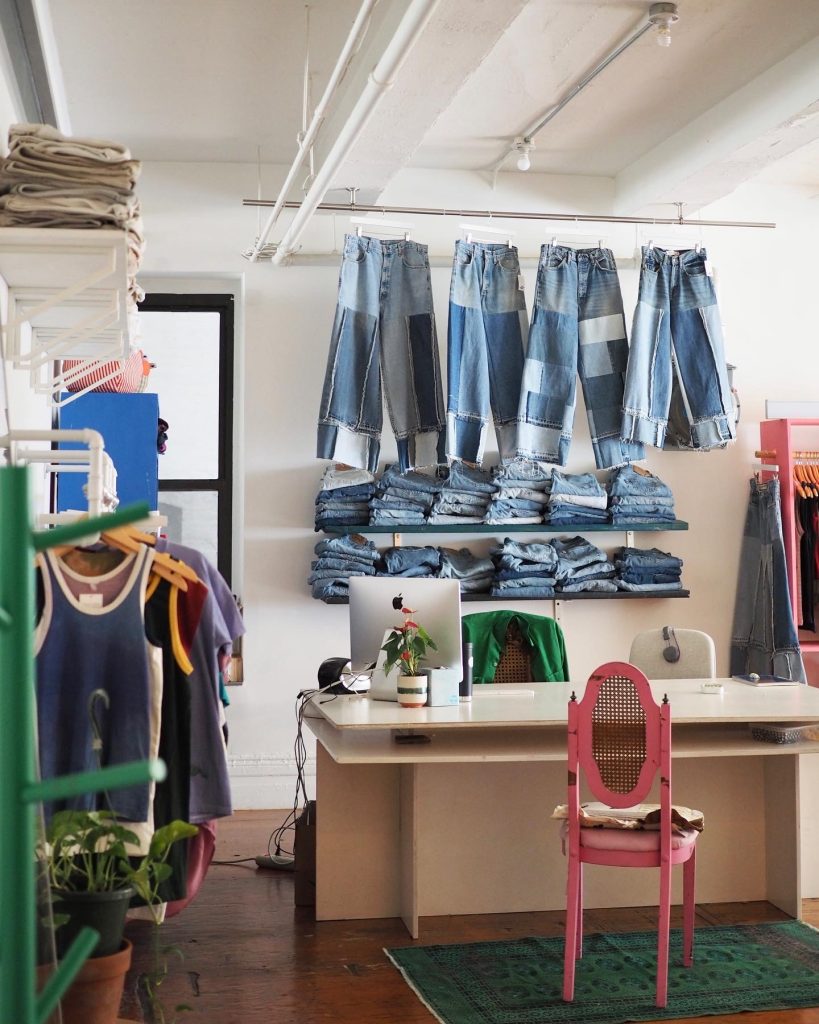
The first step was merging style and function. The second was to rethink the retail experience. In addition to regular walk-in shopping, the studio offers private appointments to handpick vintage for customers, as well as tailoring, fitting and customizing patchwork designs for them. “During that time, we’re able to take measurements and start educating people on actual measurement. That is your most important tool in making sure something fits,” says Halesworth.

“The dream for a brand is to design something that fits every single body type, but unfortunately that’s almost impossible. Because there are so many, you can’t do a one-thing-fits-all,” she continues. While the appointments help people find garments that work for them, they also showcase how each piece can be altered in vast ways to work for different bodies. As it can be especially difficult to find inclusive sizes while secondhand shopping, this is a crucial offering.
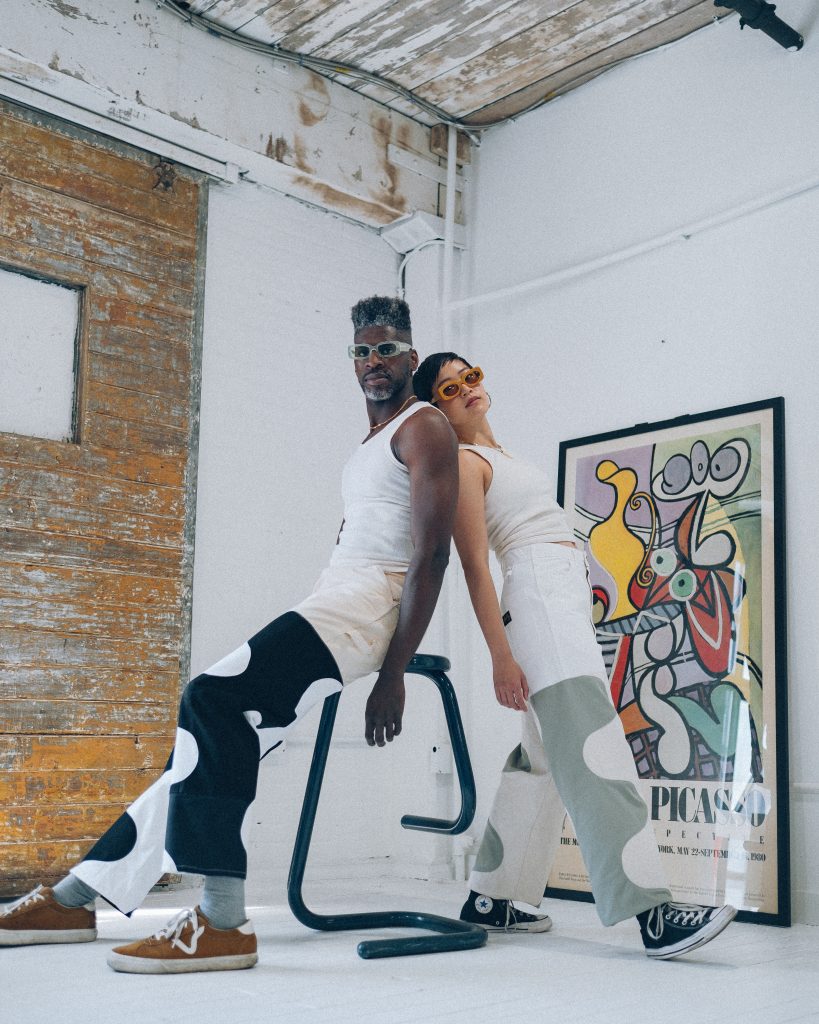
From rethinking how vintage shopping should and can look like to inventing new ways to use textile scrap, The Consistency Project examines sustainability movement in fashion and beyond. “The name The Consistency Project also came from this idea that if we’re able to reflect on how we shop second-hand for clothing, we should also be able to reflect on other parts of our life that promote reuse,” says Halesworth. More than a clothing brand, the experimental studio envisions how objects are engaged and can be re-engaged in new, creative ways.
Images courtesy of The Consistency Project



